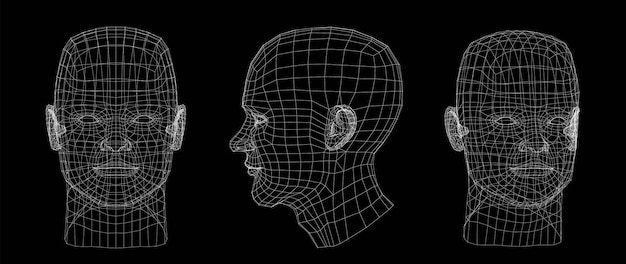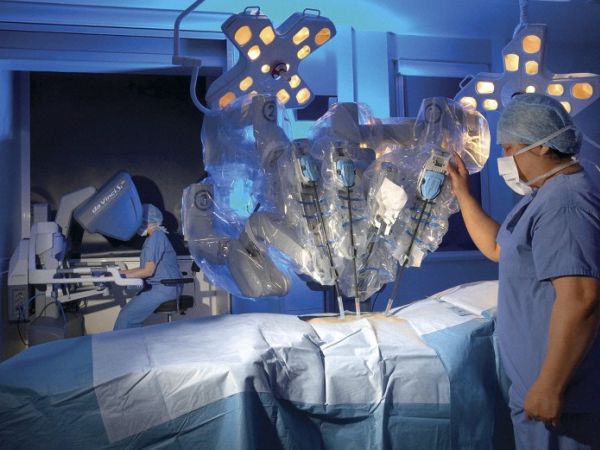
In recent years, the field of plastic surgery has seen tremendous advancements, thanks in large part to technological innovations.
From sophisticated imaging techniques to minimally invasive procedures, technology has transformed how plastic surgeons operate and how patients experience their surgeries.
This article explores the role of technology in modern plastic surgery and highlights how these advancements are enhancing outcomes and patient satisfaction.
Advanced Imaging Techniques

One of the most significant technological advancements in plastic surgery is the development of advanced imaging techniques. High-resolution 3D imaging and MRI scans allow surgeons to visualize the anatomy of their patients with unparalleled detail.
This technology enables plastic surgeons to plan procedures more accurately, anticipate potential complications, and achieve better results.
For instance, 3D imaging helps in pre-surgical planning by providing a three-dimensional view of the patient’s body. This allows surgeons to simulate the outcomes of different surgical techniques and make informed decisions.
By visualizing the results before the actual surgery, patients can also have a clearer idea of what to expect, which can significantly reduce pre-surgical anxiety.
Minimally Invasive Procedures
Technology has also led to the development of minimally invasive surgical techniques. Procedures such as endoscopic surgery, which uses small incisions and specialized instruments, have become increasingly popular. These techniques reduce the need for large incisions, resulting in shorter recovery times, less postoperative pain, and minimal scarring.
Endoscopic surgery involves inserting a tiny camera and surgical instruments through small incisions to perform the procedure. The camera provides real-time images of the surgical area, allowing surgeons to operate with precision.
This approach not only enhances the safety of the procedure but also improves the overall patient experience by minimizing discomfort and promoting quicker healing.
Robotic-Assisted Surgery

Another groundbreaking advancement in plastic surgery is the use of robotic-assisted surgery. Robots equipped with advanced instruments and high-definition cameras assist surgeons in performing complex procedures with remarkable precision.
The robotic systems offer enhanced dexterity and control, enabling surgeons to execute intricate maneuvers that would be challenging with traditional methods.
Robotic-assisted surgery is particularly beneficial for delicate procedures, such as facial reconstructive surgery, where precision is crucial.
The robotic systems provide a steady hand and allow for finer adjustments, which can lead to more aesthetically pleasing results and improved patient outcomes.
Enhanced Patient Safety
Technology has also played a critical role in enhancing patient safety during plastic surgeries. Modern monitoring systems track vital signs and provide real-time data on the patient’s condition throughout the procedure.
These systems help surgeons and anesthesiologists make timely decisions and address any issues that may arise during the surgery.
Additionally, advancements in surgical instruments and materials have contributed to reducing the risk of complications.
For example, the development of advanced suturing materials and techniques has improved wound healing and reduced the likelihood of infections.
Surgeons now have access to a wide range of innovative tools that enhance their ability to perform procedures safely and effectively.
Virtual Reality and Augmented Reality

Virtual reality (VR) and augmented reality (AR) technologies are making their way into the field of plastic surgery, offering new possibilities for both surgeons and patients.
VR simulations allow surgeons to practice and refine their techniques in a virtual environment before performing the actual surgery.
This hands-on practice helps build skills and confidence, ultimately leading to better outcomes in real-life procedures.
AR, on the other hand, overlays digital information onto the real-world view. In plastic surgery, AR can provide real-time guidance during procedures by displaying crucial anatomical information and surgical plans directly onto the patient’s body.
This technology helps surgeons make more accurate incisions and navigate complex anatomical structures with greater ease.
Improved Communication with Patients

Technology has also improved communication between plastic surgeons and their patients. Digital platforms and apps allow patients to access their medical records, view pre- and post-operative instructions, and communicate directly with their surgeons.
This enhanced communication streamlines the patient experience and ensures that patients are well-informed throughout their surgical journey.
Moreover, virtual consultations have become increasingly common, allowing patients to discuss their concerns and goals with surgeons without needing to visit the clinic in person. This convenience not only saves time but also makes it easier for patients to seek expert advice and make informed decisions about their procedures.
Conclusion
The role of technology in modern plastic surgery cannot be overstated. From advanced imaging techniques and minimally invasive procedures to robotic-assisted surgery and virtual reality, technological advancements are revolutionizing the field.
These innovations enhance precision, improve patient safety, and elevate the overall surgical experience.
As technology continues to advance, the future of plastic surgery promises even more exciting possibilities for achieving outstanding results and meeting patient expectations.
If you’re seeking a skilled plastic surgeon Scranton PA to explore your options, consider the benefits that modern technology can offer in your surgical journey. Embracing these advancements ensures that you receive the highest standard of care and achieve the results you’re looking for.














